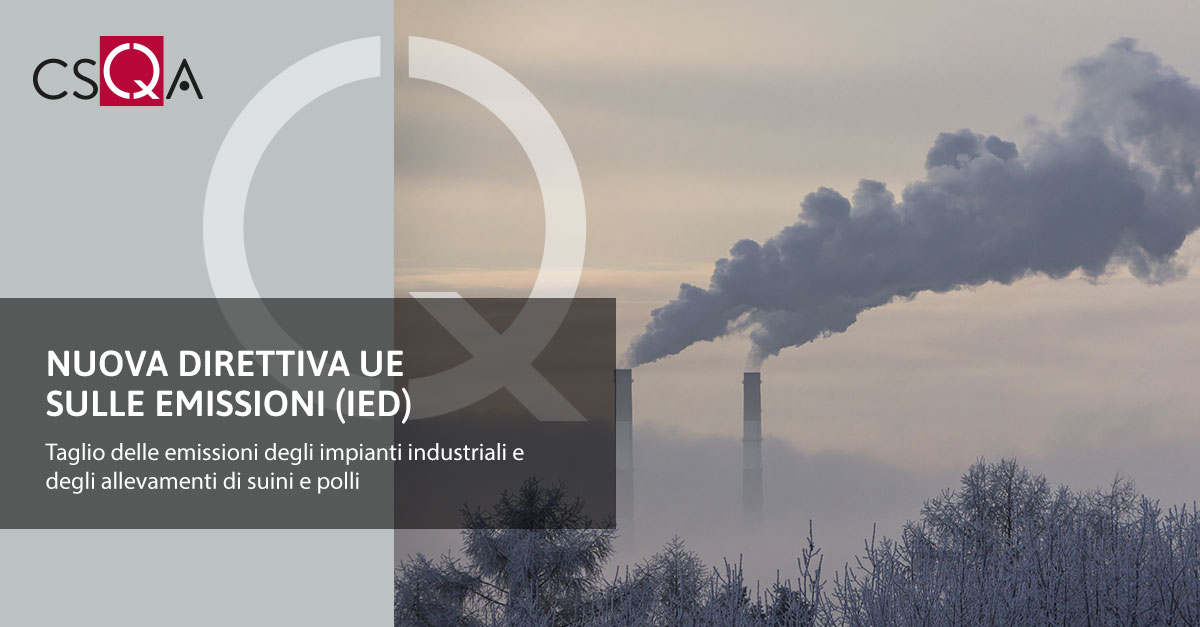 The European Parliament has given the final green light to the new Industrial Emissions Directive , the main EU instrument regulating air, water and soil pollution from industrial installations, including intensive farming, which can lead to health problems such as asthma, bronchitis and cancer. It also regulates waste production, the use of raw materials, energy efficiency, noise pollution and accident prevention.
The European Parliament has given the final green light to the new Industrial Emissions Directive , the main EU instrument regulating air, water and soil pollution from industrial installations, including intensive farming, which can lead to health problems such as asthma, bronchitis and cancer. It also regulates waste production, the use of raw materials, energy efficiency, noise pollution and accident prevention.With 393 votes in favour, 173 against and 49 abstentions, the new directive also extends its rules to pig farms with more than 350 animals and to poultry farms with more than 280 chickens or more than 300 laying hens.
The political agreement has for now excluded cattle breeding , which had instead been included in the European Commission's proposal and whose inclusion will be evaluated at a later date, starting from 2026, together with the possible establishment of a reciprocity clause to guarantee that producers outside the EU meet requirements similar to European standards when exporting to the EU.
The law must now also be adopted by the EU Council, before being published in the Official Journal and coming into force 20 days later. Member states will then have 22 months to comply.
Industrial installations
The legislation will introduce the obligation for the industrial sectors concerned to set the most stringent levels of harmful emissions possible.
To combat water scarcity, there will be mandatory environmental performance targets on water consumption.
Regarding waste, resource efficiency, energy efficiency and the use of raw materials , binding targets will be set within a range of values, while they will be indicative regarding the use of new techniques.
The Directive also covers plants in the extractive industry (mines) and large plants that produce batteries.
Livestock companies
The new law plans to extend measures on industrial emissions to pig farms with more than 350 livestock units .
Excluded are companies that raise pigs extensively or organically , and those that do so outside for a significant period of time over a year.
For poultry , the Directive applies to companies with more than 300 egg-laying hens, and to companies with more than 280 broiler chickens. For companies that raise both pigs and poultry, the limit will be 380 units in total. (Source: https://www.ilsole24ore.com /).